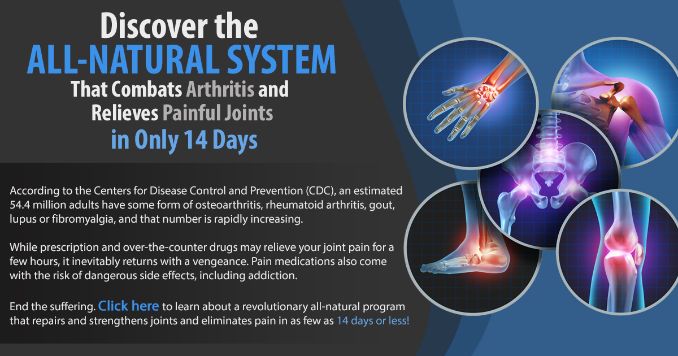Our hands are the most important tools in our fast-paced lives, constantly engaged in every task. Yet, when injury strikes or chronic conditions happen, every active task suddenly stops. In this article, we'll dive into the practice of hand therapy, exercises, risks, benefits, and where skilled hand therapists guide people toward a better quality of life. Join us as we unravel the overly beneficial yet simple hand physical therapy.
What is Hand Physical Therapy?
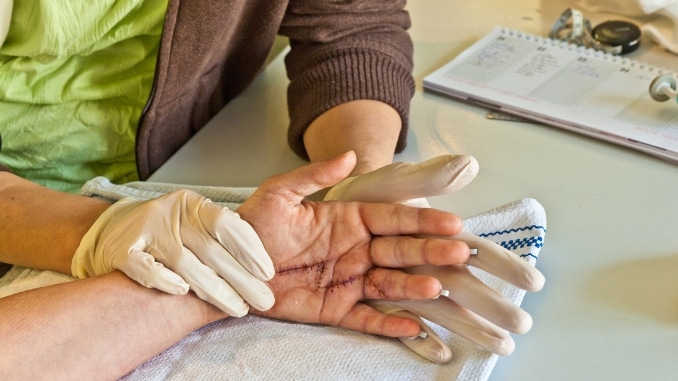
Hand therapy, a specialized field in physical and occupational therapy, addresses upper extremity disorders and conditions. Certified hand therapists, occupational therapists, and physical therapists with advanced training are essential in providing expert care. Their focus is therapeutic interventions to enhance hand and upper extremity rehabilitation, striving to improve functional outcomes for individuals with various conditions.
From addressing simple fingertip injuries to managing more complex issues like acquired deformity, a hand therapist will utilize their advanced training and skills to improve hand mobility, range of motion, and overall function.
The impact of hand therapy extends beyond individual well-being to encompass decreased medical costs for people. Certified hand therapists contribute to cost-effective healthcare solutions by preventing complications and facilitating efficient recovery. Through advanced, continuing education, hand therapists stay updated on the latest techniques, including scar care and sensory re-education in the hands, demonstrating their commitment to ongoing learning and providing optimal care for those with hand and upper extremity disorders.
When Should You Seek Hand Physical Therapy?

1. After Hand Surgery
The advice of physical therapists specializing in upper extremity conditions is very important. It should be followed carefully if you've undergone hand surgery, especially for fractures, tendon repairs, or joint replacements.
2. Orthopedic Injuries
For cases of fractures, dislocations, sprains, or other orthopedic injuries affecting the hands or upper extremities, hand therapy can help rehabilitate and restore functionality with proper advice and guidelines from your physical therapist.
3. Chronic Hand Pain
Persistent hand, wrist, or finger pain may indicate underlying issues. Seeking guidance from a certified hand therapist or engaging in hand therapy can help pinpoint the source of the pain before the condition worsens, such as arthritis and tendinitis.
4. Arthritis
A hand specialist focusing on occupational therapy would recommend hand therapy for people who have arthritis. Hand therapy assists in improving mobility and functionality of the hand as it recovers.
Exercises for Hand Strength and Flexibility
1. Wrist Extension and Flexion
For this exercise, utilize a chair with armrests to place your hand on.
Begin in an upright sitting position on a chair with your knees bent and feet flat on the floor, maintaining a good alignment with your head, shoulders, and hips. Place your forearm on the chair's armrest, letting your hand hang off the edge with your palm facing downward. Slowly lower your hands, then extend your wrists to bring your hands back as far as you can. Slowly return to the starting position and repeat the movement. Complete the movement for 2 sets with 10 repetitions.
 |
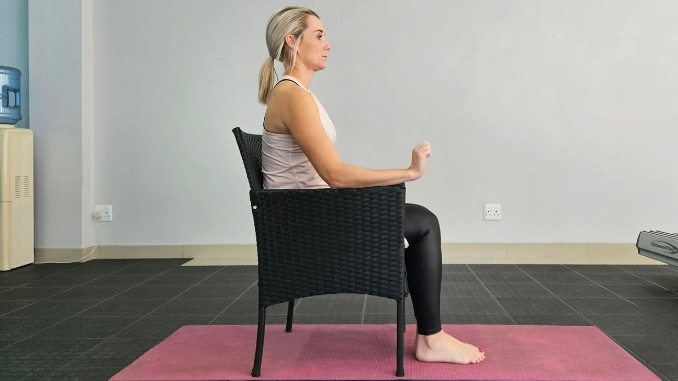 |
Wrist Extension and Flexion
2. Thumb Extension and Flexion
Begin by opening your hand with your palm facing outward. Bring your thumb towards your pinky finger. Return to the starting position and repeat the movement. Complete the movement for 2 sets with 10 repetitions.

Thumb Extension and Flexion
3. Wrist Circles
Begin by curling your palm into a fist. Engage your wrist. Rotate your wrist in a circular motion. Repeat the movement in the opposite direction. After several repetitions, perform the movement on the other hand. Complete the movement for 2 sets with 10 repetitions on each side.
Depending on your comfort level, increase the speed of the movement.
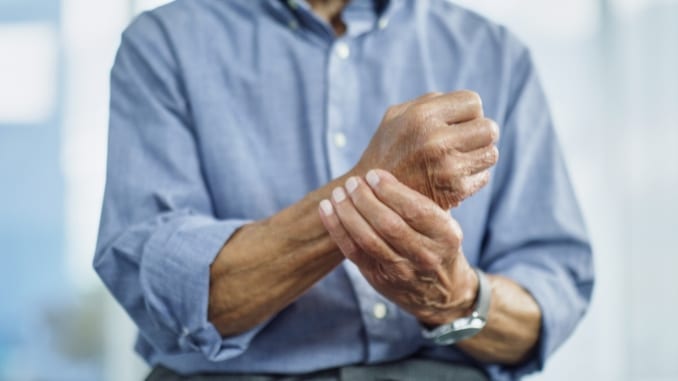
Wrist Supination and Pronation
4. Clenched Fist
Begin by curling your palm into a fist. Engage your hand muscles as you slowly clench your hand into a tight fist. Hold this position for 20 seconds. Relax and repeat the movement. Complete for 2 sets with 2 repetitions on each hand.

Clenched Fist
5. Stress Ball Grips
For this exercise, utilize a stress ball or any moderately dense object to practice your grip.
Hold a stress ball in one hand. Engage your hand muscles as you squeeze the ball as hard as you can. Hold this position for 20 seconds. Relax and repeat the movement. Complete for 2 sets with 2 repetitions on each hand.

Stress Ball Grips
Benefits of Hand Physical Therapy

1. Improved Range of Motion
Improved range of function and motion is a guaranteed outcome when taking therapy, and it plays a crucial role in restoring the functional capabilities of the hands that have undergone surgery.
2. Pain Management
Using various techniques, therapists effectively address and manage pain related to hand injuries or conditions, enhancing comfort and promoting a smoother, less painful recovery process.
3. Prevention of Further Injury
Engaging in exercises for your hands reduces the likelihood of future injuries and alleviates the risk of joint and wrist pains. However, to prevent overstraining your hands, consult a hand therapist first.
4. Post-Surgery Rehabilitation
Individuals who have undergone hand surgery can incorporate the exercises as rehabilitative hand exercises, as guided by a trained hand therapist.
5. Improved Fine Motor Skills
Engaging in hand therapy exercises not only enhances the hand's motor skills but is also beneficial for hands that haven't undergone surgery, contributing to improved overall hand control.
6. Faster Recovery
Hand physical therapy accelerates the recovery and healing process for injured arms, offering a range of benefits for individuals undergoing this therapeutic approach.
The Risk Of Undergoing Hand Physical Therapy
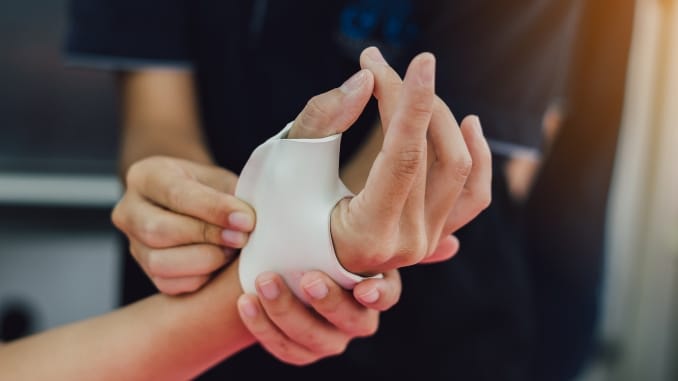
Hand therapy is generally safe but not entirely risk-free. Potential risks include:
- Temporary discomfort.
- Increased pain or swelling if exercises are too intense.
- Considerations for specific medical conditions.
A personalized and cautious approach from an expert such as an occupational therapist is crucial to maximize benefits while minimizing potential adverse effects.
The Success of Hand Physical Therapy
The success of hand therapy varies depending on factors such as the nature of the condition of the upper extremities, the individual's commitment to therapy, and the therapist's expertise. The results do not solely rely on the effectiveness of the therapy's technique, but rather a mirage of factors, both in and out of control of the patient, that would help them improve function in their hands.
Additionally, it is a team effort between the therapist and the person seeking help. Following intently with the prescribed exercises, consistent attendance at therapy sessions, and open communication with the therapist contribute to achieving the best and most functional outcomes.
Overall, hand therapeutic interventions are generally considered highly successful, and their effectiveness is supported by various positive outcomes and benefits, as explained earlier.
Takeaways
Hand therapy is a journey to better hand health that helps improve function and overall well-being. It involves personalized exercises, techniques, and strategies from certified occupational therapists that help guide people toward recovery and empowerment.
The benefits are far more than simply relieving pain and restoring function. They include gaining confidence, independence, and the joy of everyday activities. Hand therapy not only heals the hands but also strengthens the connection between individuals and their ability to engage in life fully.
Do you suffer from agonizing joint pain in your hips, knees, wrists, shoulders or hands? What if you learned about a revolutionary new system that naturally repairs and strengthens joints in as little as 14 days? Check out now this 14-Day Joint Recovery Start Program!


